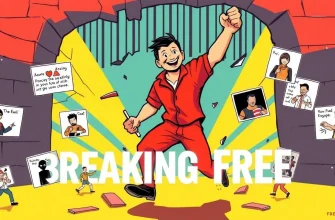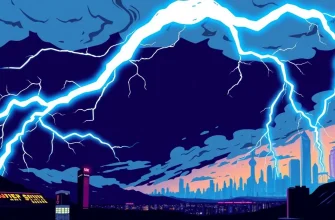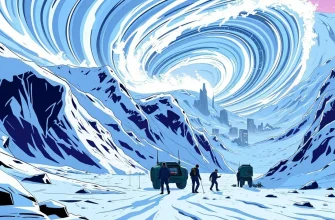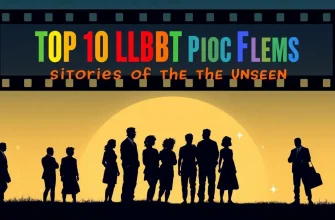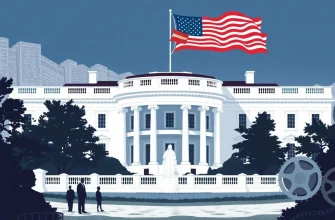Rain has always been a powerful element in cinema, often used to set the mood, enhance the narrative, or even become a character in its own right. This collection of 10 sci-fi films showcases how rain can be intertwined with futuristic settings, dystopian worlds, and otherworldly events, providing viewers with a unique blend of atmosphere and storytelling. Whether it's a backdrop for a post-apocalyptic world or a catalyst for change, these films use rain in ways that are both visually stunning and thematically rich.
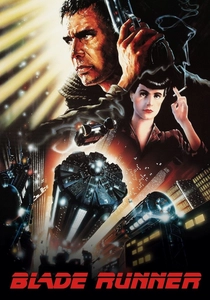
Blade Runner (1982)
Description: Set in a dystopian future where synthetic humans live amongst humans, the constant rain in Los Angeles adds to the film's noir atmosphere, symbolizing decay and the blurring of lines between artificial and real life.
Fact: The rain was created using a combination of real rain and a special effects technique known as "rain bars." Ridley Scott, the director, was inspired by the rain-soaked streets of Hong Kong.
 Watch Now
Watch Now
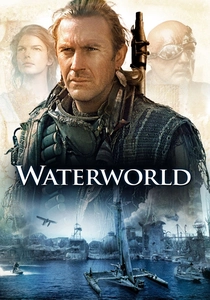
Waterworld (1995)
Description: While not rain per se, the film's setting of a world covered by water due to the melting of the polar ice caps uses water in a way that's thematically similar to rain, representing both life and destruction.
Fact: The film was one of the most expensive ever made at the time, with much of the budget going towards creating the water-based environments.
 Watch Now
Watch Now
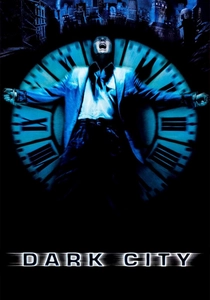
Dark City (1998)
Description: Rain is a constant presence in this film, reflecting the dark, mysterious atmosphere of a city where reality is manipulated by an alien race.
Fact: The film was shot almost entirely on a sound stage, allowing for precise control over the rain effects.
 Watch Now
Watch Now

The Fifth Element (1997)
Description: Rain plays a significant role in the chaotic, futuristic New York City, where it often falls amidst neon lights, adding to the film's vibrant, over-the-top aesthetic.
Fact: The film was shot in Paris, and the rain scenes were created using a mix of practical effects and CGI to achieve the desired futuristic look.
 Watch Now
Watch Now
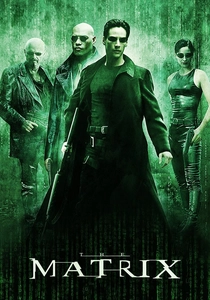
The Matrix (1999)
Description: Rain is used symbolically in "The Matrix" to represent the real world, contrasting with the digital rain of the Matrix itself. It's particularly poignant during Neo's realization of the truth.
Fact: The iconic "bullet time" effect was first used in this film, and rain was part of the scenes where this technique was showcased.
 Watch Now
Watch Now
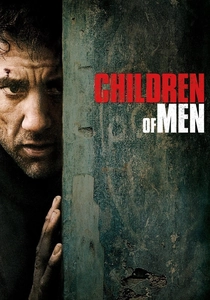
Children of Men (2006)
Description: The rain in this dystopian future is a constant reminder of the world's decay, yet it also provides a backdrop for moments of hope and rebirth.
Fact: The film features several long, uninterrupted takes, some of which include rain scenes, showcasing the technical prowess of the cinematography.
 Watch Now
Watch Now
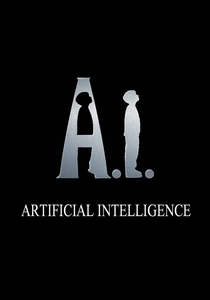
A.I. Artificial Intelligence (2001)
Description: Rain is used to underscore the emotional journey of David, an artificial boy, as he searches for his humanity amidst a world that's both familiar and alien.
Fact: The film was originally conceived by Stanley Kubrick but was directed by Steven Spielberg after Kubrick's death.
 Watch Now
Watch Now

The Day After Tomorrow (2004)
Description: While not entirely sci-fi, this film features extreme weather events, including torrential rain, as part of a global climate catastrophe, highlighting humanity's vulnerability to nature.
Fact: The film's depiction of weather events was based on real climate change theories, though exaggerated for dramatic effect.
 Watch Now
Watch Now

The Book of Eli (2010)
Description: Rain serves as a symbol of renewal in this post-apocalyptic tale where Eli's journey through a ravaged America is marked by moments of rain, offering a contrast to the arid, dusty landscapes.
Fact: The film's ending was kept secret from the cast and crew until the last day of shooting.
 Watch Now
Watch Now

The Road (2009)
Description: Although not strictly sci-fi, the post-apocalyptic setting with its relentless rain underscores the bleakness of a world where civilization has collapsed.
Fact: The film was shot in various locations to capture the desolate, rain-soaked landscapes, including parts of Pennsylvania and Louisiana.
 30 Days Free
30 Days Free


